-
 Bitcoin
Bitcoin $114400
0.68% -
 Ethereum
Ethereum $3550
2.48% -
 XRP
XRP $3.001
4.99% -
 Tether USDt
Tether USDt $0.9999
0.01% -
 BNB
BNB $757.6
1.46% -
 Solana
Solana $162.9
1.07% -
 USDC
USDC $0.9998
0.00% -
 TRON
TRON $0.3294
0.91% -
 Dogecoin
Dogecoin $0.2015
2.46% -
 Cardano
Cardano $0.7379
2.01% -
 Stellar
Stellar $0.4141
8.83% -
 Hyperliquid
Hyperliquid $37.83
-1.91% -
 Sui
Sui $3.454
0.76% -
 Chainlink
Chainlink $16.62
3.53% -
 Bitcoin Cash
Bitcoin Cash $554.6
2.84% -
 Hedera
Hedera $0.2486
3.91% -
 Ethena USDe
Ethena USDe $1.001
0.00% -
 Avalanche
Avalanche $21.95
3.34% -
 Toncoin
Toncoin $3.563
-2.85% -
 Litecoin
Litecoin $112.7
2.65% -
 UNUS SED LEO
UNUS SED LEO $8.977
0.13% -
 Shiba Inu
Shiba Inu $0.00001232
1.85% -
 Uniswap
Uniswap $9.319
2.93% -
 Polkadot
Polkadot $3.632
1.38% -
 Monero
Monero $307.2
2.36% -
 Dai
Dai $0.9997
-0.03% -
 Bitget Token
Bitget Token $4.340
0.91% -
 Pepe
Pepe $0.00001048
1.07% -
 Cronos
Cronos $0.1348
3.26% -
 Aave
Aave $261.5
1.93%
How does NFT Technological Scalability solve the performance problems of NFTs?
Layer-2 solutions like Polygon & Arbitrum, sharding, new blockchains (Solana, Cardano), and off-chain storage (IPFS) combat NFT scalability issues by reducing network congestion, lowering gas fees, and increasing transaction speeds.
Mar 03, 2025 at 04:01 pm
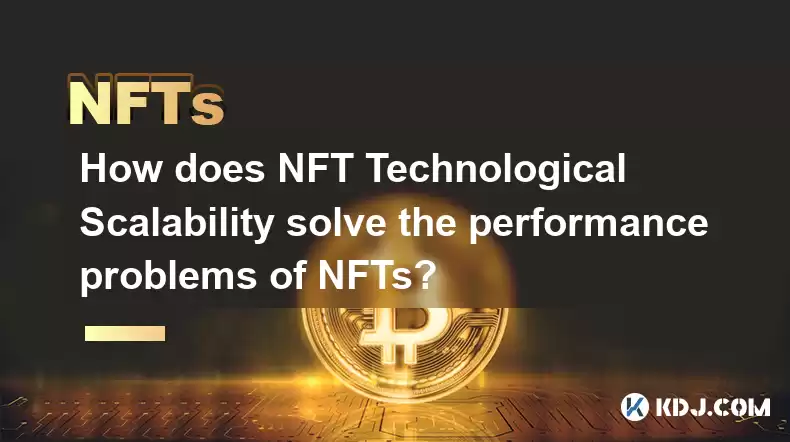
Key Points:
- NFT scalability issues stem from network congestion and high gas fees on blockchains like Ethereum.
- Layer-2 solutions, such as Polygon and Arbitrum, offer faster and cheaper transactions by processing transactions off the main chain.
- Sharding, a technique dividing the blockchain into smaller parts, improves transaction throughput.
- New blockchain platforms designed for scalability, like Solana and Cardano, offer alternatives to Ethereum.
- Data storage solutions, like IPFS, alleviate the burden on blockchains by storing NFT metadata off-chain.
How Does NFT Technological Scalability Solve the Performance Problems of NFTs?
Non-Fungible Tokens (NFTs) have exploded in popularity, but their underlying technology faces significant scalability challenges. The high transaction fees and slow processing speeds on many blockchains, particularly Ethereum, hinder widespread adoption and create a less-than-ideal user experience. Several technological advancements are actively addressing these performance bottlenecks.
One major hurdle is network congestion. When many users simultaneously try to mint or trade NFTs, the network can become overwhelmed, leading to increased transaction fees (gas fees) and slow confirmation times. This directly impacts the usability and accessibility of NFTs for both creators and collectors. The cost of minting or trading can become prohibitive, especially for smaller creators or those working with less expensive NFTs.
Layer-2 scaling solutions offer a compelling approach to mitigate these issues. Instead of processing every transaction directly on the main blockchain (like Ethereum's mainnet), Layer-2 solutions handle transactions off-chain. This significantly reduces congestion on the main chain, resulting in faster transaction speeds and lower gas fees. Popular examples include Polygon and Arbitrum, which offer various scaling mechanisms to enhance the efficiency of NFT transactions.
Sharding is another promising technique aimed at improving blockchain scalability. This method involves dividing the blockchain into smaller, more manageable fragments called "shards." Each shard handles a subset of transactions, distributing the workload and increasing the overall throughput of the network. This parallel processing capability allows for a much higher volume of transactions to be processed concurrently, thereby reducing latency and improving the overall user experience.
The creation of entirely new blockchains optimized for scalability is another significant development. Platforms like Solana and Cardano are designed from the ground up to handle a much larger number of transactions per second compared to Ethereum. They often employ different consensus mechanisms and architectural designs to achieve superior performance. While each has its own strengths and weaknesses, they represent viable alternatives for NFT creators and users seeking a more efficient platform.
Beyond blockchain improvements, efficient data storage solutions play a crucial role in NFT scalability. NFTs themselves typically store only a small amount of data on the blockchain – a hash pointing to the actual NFT metadata (image, video, etc.). This metadata is often stored off-chain, typically using decentralized storage networks like IPFS (InterPlanetary File System). By offloading this data, the blockchain remains leaner and more efficient, directly contributing to improved scalability.
How do Layer-2 solutions improve NFT transactions?
Layer-2 solutions process transactions off the main blockchain, reducing congestion and lowering gas fees. This makes NFT transactions faster and more affordable.
What are some examples of Layer-2 solutions for NFTs?
Polygon and Arbitrum are prominent examples of Layer-2 scaling solutions widely used for NFTs. Others include Optimism and Loopring.
How does sharding improve NFT scalability?
Sharding divides the blockchain into smaller parts, allowing for parallel processing of transactions and increasing the overall throughput of the network.
What are some alternative blockchains designed for NFT scalability?
Solana and Cardano are examples of blockchains designed to handle a higher transaction volume than Ethereum, offering faster and cheaper NFT transactions.
What is the role of IPFS in NFT scalability?
IPFS (InterPlanetary File System) is a decentralized storage network that stores NFT metadata off-chain, reducing the burden on the blockchain and improving scalability. This helps to keep the blockchain more efficient and faster.
What are the trade-offs associated with different scaling solutions?
Each scaling solution involves trade-offs. Layer-2 solutions might have complexities in bridging assets between layers, while new blockchains might lack the established ecosystem of Ethereum. Sharding introduces its own complexity in managing shard communication and data consistency. The choice depends on prioritizing factors such as speed, security, cost, and ecosystem maturity.
How do gas fees impact NFT transactions?
High gas fees, especially on Ethereum, can make NFT minting and trading prohibitively expensive, limiting participation, particularly for smaller creators and buyers. Scaling solutions aim to reduce these fees.
What are the future prospects for NFT scalability?
Ongoing research and development are continuously improving NFT scalability. Further advancements in Layer-2 solutions, sharding, and new blockchain architectures are expected to further enhance the efficiency and accessibility of NFTs. The development of more robust and efficient decentralized storage solutions will also play a significant role.
Disclaimer:info@kdj.com
The information provided is not trading advice. kdj.com does not assume any responsibility for any investments made based on the information provided in this article. Cryptocurrencies are highly volatile and it is highly recommended that you invest with caution after thorough research!
If you believe that the content used on this website infringes your copyright, please contact us immediately (info@kdj.com) and we will delete it promptly.
- Cryptocurrency, Altcoins, and Profit Potential: Navigating the Wild West
- 2025-08-04 14:50:11
- Blue Gold & Crypto: Investing Disruption in Precious Metals
- 2025-08-04 14:30:11
- Japan, Metaplanet, and Bitcoin Acquisition: A New Era of Corporate Treasury?
- 2025-08-04 14:30:11
- Coinbase's Buy Rating & Bitcoin's Bold Future: A Canaccord Genuity Perspective
- 2025-08-04 14:50:11
- Coinbase's Buy Rating Maintained by Rosenblatt Securities: A Deep Dive
- 2025-08-04 14:55:11
- Cryptos, Strategic Choices, High Returns: Navigating the Meme Coin Mania
- 2025-08-04 14:55:11
Related knowledge
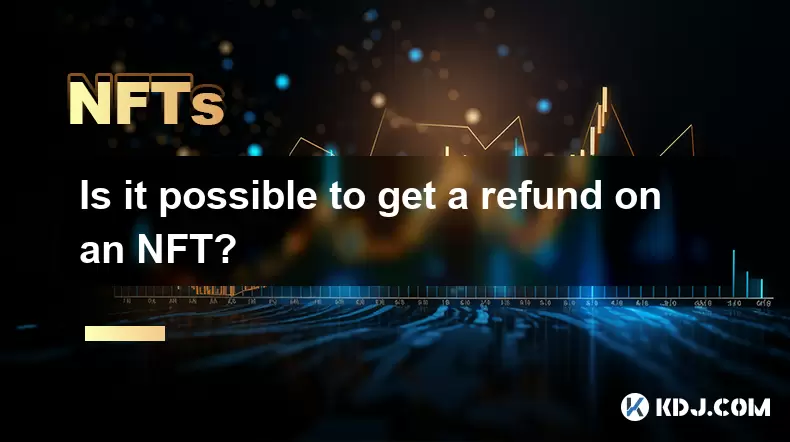
Is it possible to get a refund on an NFT?
Jul 21,2025 at 08:35pm
Understanding NFT Transactions and RefundsWhen you purchase an NFT (Non-Fungible Token), the transaction is typically recorded on a blockchain, making...
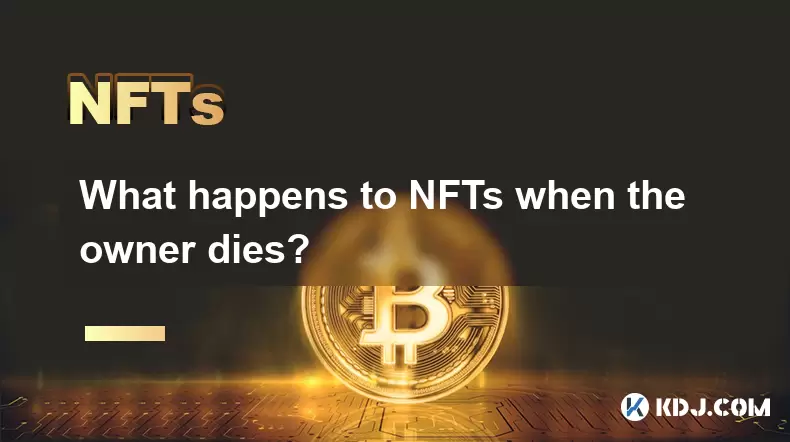
What happens to NFTs when the owner dies?
Jul 22,2025 at 02:43pm
Legal Ownership and Digital AssetsWhen an individual owns NFTs, the question of what happens to these assets upon their death is a pressing one. NFTs ...
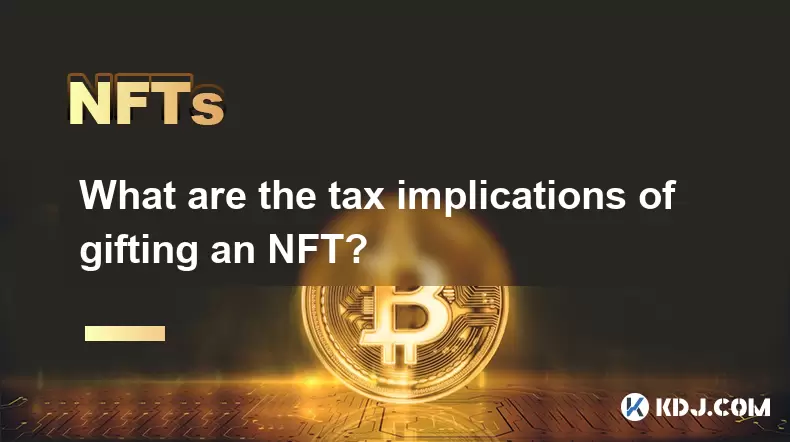
What are the tax implications of gifting an NFT?
Jul 19,2025 at 04:21am
Understanding the Basics of NFT GiftingGifting a Non-Fungible Token (NFT) involves transferring ownership from one individual to another without recei...
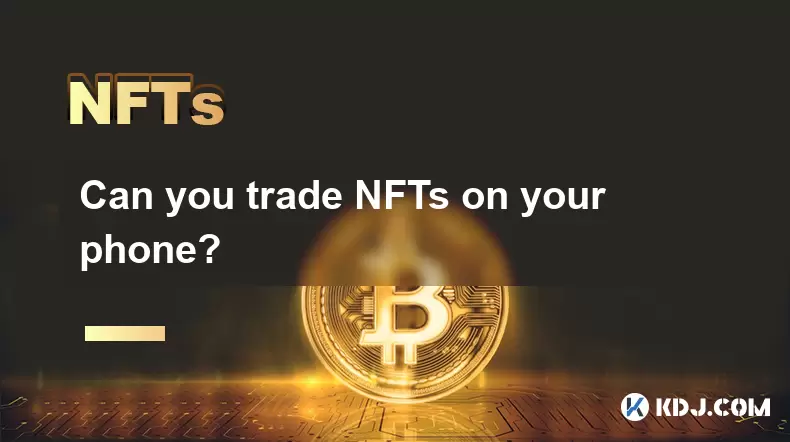
Can you trade NFTs on your phone?
Jul 18,2025 at 04:29am
Trading NFTs on Mobile DevicesYes, you can trade NFTs on your phone, and the process has become increasingly streamlined thanks to a variety of mobile...
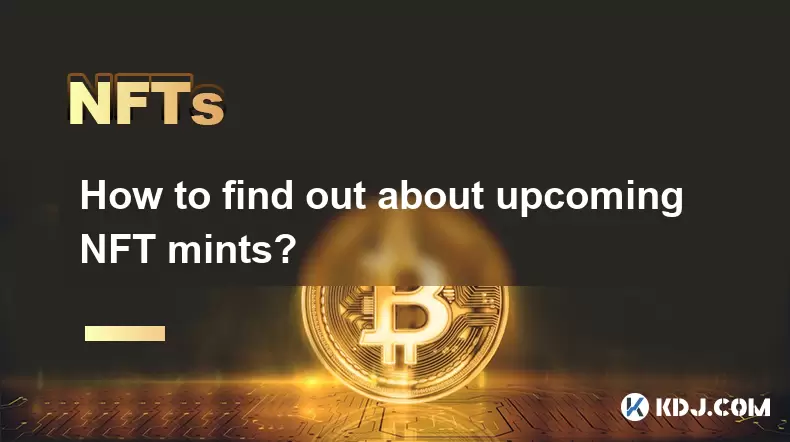
How to find out about upcoming NFT mints?
Jul 18,2025 at 11:50am
Exploring NFT Minting OpportunitiesUnderstanding the landscape of upcoming NFT mints is crucial for collectors, investors, and creators who wish to st...
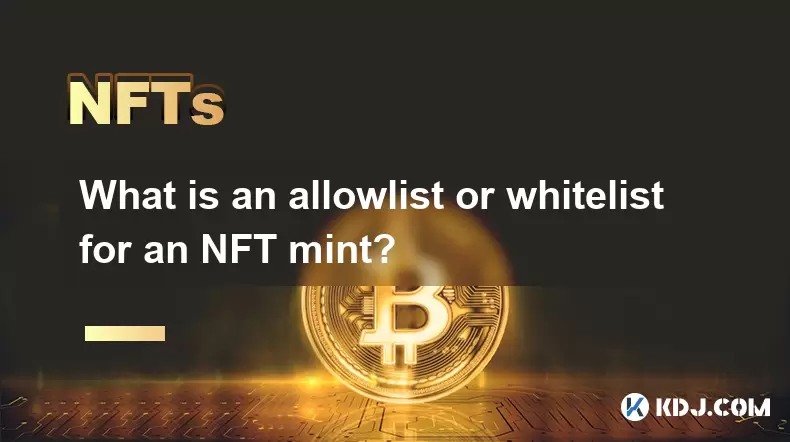
What is an allowlist or whitelist for an NFT mint?
Jul 20,2025 at 07:14pm
Understanding the Concept of an Allowlist for NFT MintingAn allowlist, also commonly referred to as a whitelist, is a mechanism used in the NFT mintin...

Is it possible to get a refund on an NFT?
Jul 21,2025 at 08:35pm
Understanding NFT Transactions and RefundsWhen you purchase an NFT (Non-Fungible Token), the transaction is typically recorded on a blockchain, making...

What happens to NFTs when the owner dies?
Jul 22,2025 at 02:43pm
Legal Ownership and Digital AssetsWhen an individual owns NFTs, the question of what happens to these assets upon their death is a pressing one. NFTs ...

What are the tax implications of gifting an NFT?
Jul 19,2025 at 04:21am
Understanding the Basics of NFT GiftingGifting a Non-Fungible Token (NFT) involves transferring ownership from one individual to another without recei...

Can you trade NFTs on your phone?
Jul 18,2025 at 04:29am
Trading NFTs on Mobile DevicesYes, you can trade NFTs on your phone, and the process has become increasingly streamlined thanks to a variety of mobile...

How to find out about upcoming NFT mints?
Jul 18,2025 at 11:50am
Exploring NFT Minting OpportunitiesUnderstanding the landscape of upcoming NFT mints is crucial for collectors, investors, and creators who wish to st...

What is an allowlist or whitelist for an NFT mint?
Jul 20,2025 at 07:14pm
Understanding the Concept of an Allowlist for NFT MintingAn allowlist, also commonly referred to as a whitelist, is a mechanism used in the NFT mintin...
See all articles

























































































